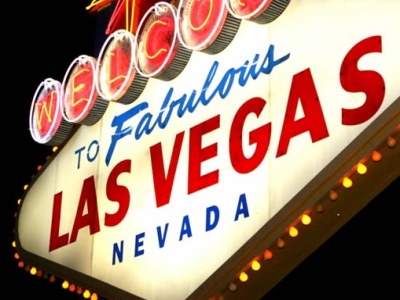 Americans are travelling less. Industry leaders have blamed the decline in travel on falling income figures and a lack of savings, despite the economy’s slow progress towards complete recovery and the nation’s penchant for spending. International travel, once a standard annual activity for middle class families throughout the nation, is now considered a luxury that may have to wait a year.
Americans are travelling less. Industry leaders have blamed the decline in travel on falling income figures and a lack of savings, despite the economy’s slow progress towards complete recovery and the nation’s penchant for spending. International travel, once a standard annual activity for middle class families throughout the nation, is now considered a luxury that may have to wait a year.
But one American tourism icon continues to attract visitors in record numbers: Las Vegas. The town that truly defines sin has seen continued growth in its tourism industry, bringing in a record eighteen million visitor throughout the first six months of 2010. Hotels bookings are fairly constant, despite a decline in occupancy rates throughout the United States’ biggest holiday centres.
Why the unexpected increase? Las Vegas has maintained an 82 percent occupancy rate over the past six months – a significant increase from its peak periods just a year ago and much higher than rates seen in other tourism cities. Travel industry experts have pointed to the city’s growing family appeal as reason for the consistency, with hotels reporting a greater amount of non-gambling visitors.
It’s a theory that’s backed up by the city’s gaming revenues. While visitors flocked to Las Vegas in the past six months, the city took in seven percent less tax revenue from its major casinos. Gaming industry journalists have pointed to a lack of disposable income as the cause of low gaming income, as many of the city’s frequent gamblers lack to the funds to attend frequent casino events.
For Nevada, the chance in revenue represents a transformation that’s been taking place in Sin City for several decades. As the city sheds its sleaze appeal and grows into a family destination, income is likely to diversify across different sectors of the tourism industry. While it’s unlikely to mark the end of Vegas as a gaming hotspot, this will be good news for tourism operators in the region.
